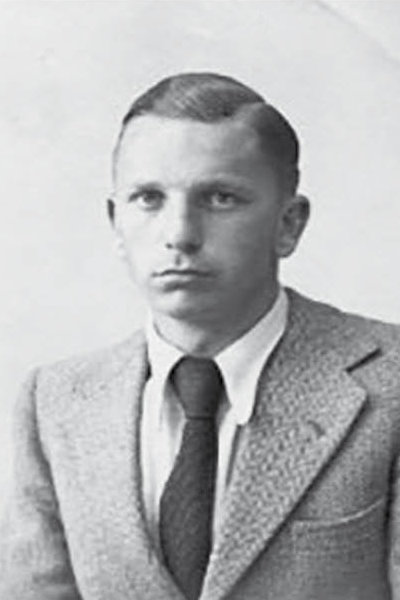Spanish civil war
On 17 July 1936, a group of right-wing generals stage a coup against the progressive Spanish government. The coup is only partially successful. Led by General Franco, the insurgents (Nationalists) conquer large parts of north and north-west Spain, but the center and south, like Catalonia, remain loyal to the republic.
The result is a nearly three-year civil war. In October 1936, a People’s Army is created on the republican side, in which all hitherto separate leftist militias become part. Part of that army is the International Brigades, formed by some 32,000 foreign volunteers who came to the government’s aid. Among them are also 700 Dutch nationals.
Despite this support, the Nationalists are slowly but surely gaining ground, and when Barcelona falls into their hands in January 1939, it breaks Republican resistance. After taking Madrid in late March that year, the Nationalists declare themselves victorious. Until 1975, Franco remained autocratic in Spain.
Casualties: 246,000 Nationalist civilians and soldiers and 387,000 Republican civilians and soldiers. To date, 114,000 Republicans are still missing.

